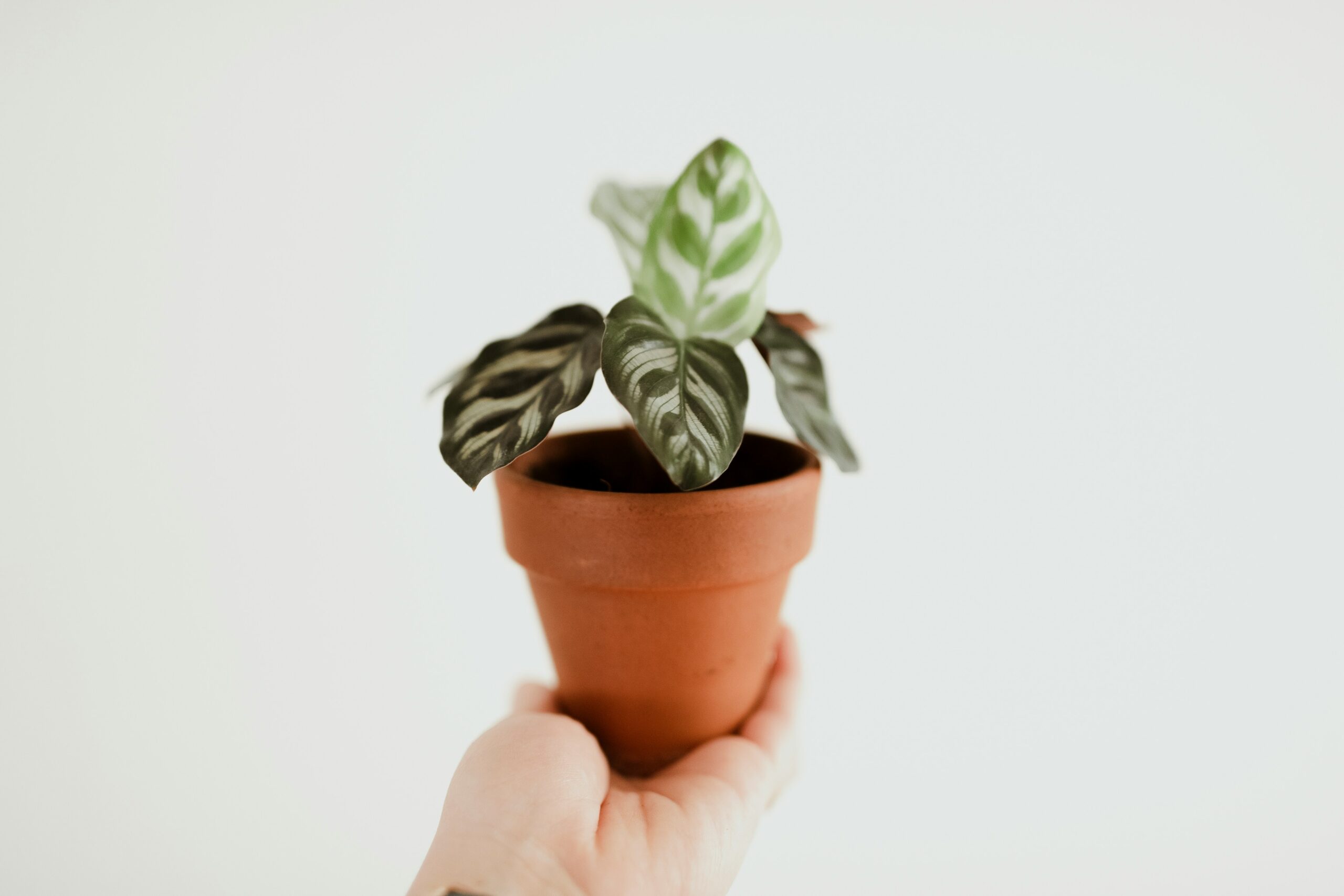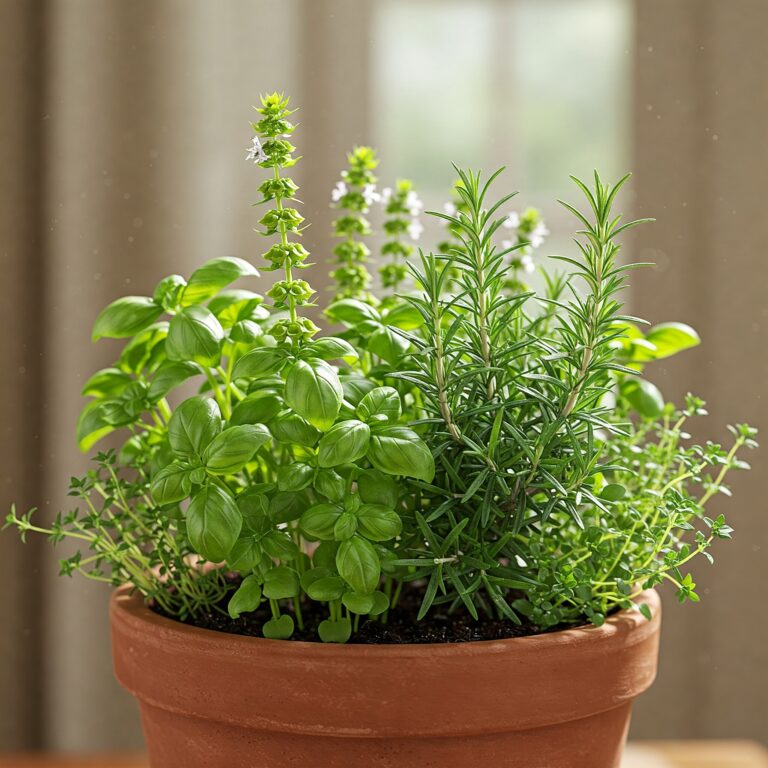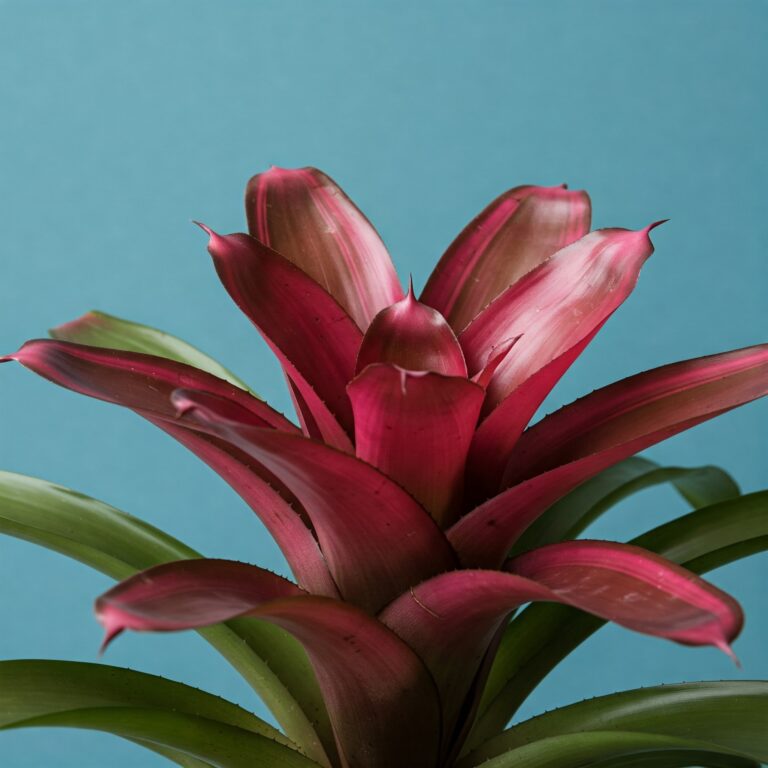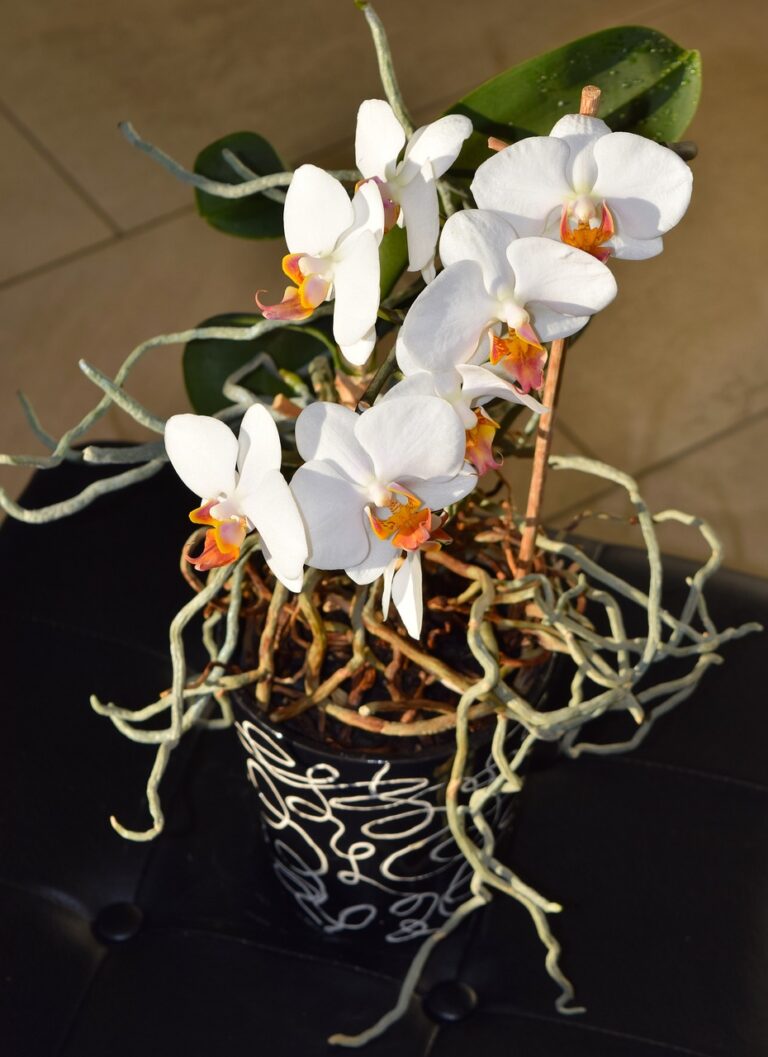Are you ready to become a Calathea whisperer? These stunning tropical beauties are known for their vibrant, patterned leaves and unique leaf movements. They may be a bit picky, but with the right care, they can thrive and add a lush, tropical vibe to your home.
Did you know that Calatheas are also called “prayer plants” because their leaves fold up at night like praying hands? It’s a mesmerizing sight!
In this guide, we’ll cover everything you need to know how to care for Calathea, from their preferred lighting conditions to their humidity needs. Let’s dive in and transform your space into a green oasis!
Understanding Calathea: Types and Characteristics
Overview of the Calathea Genus
Calathea is a genus of plants belonging to the family Marantaceae. Native to the tropical Americas, these plants are renowned for their beautiful, decorative foliage. Calatheas are non-toxic to pets, making them an excellent choice for pet-friendly households. However, their sensitive nature requires attention to detail in their care routine.
Popular Calathea Varieties
- Calathea orbifolia: Known for its large, round leaves with silver and green stripes. This variety is popular for its striking appearance and ability to make a bold statement in any room.
- Calathea makoyana: Also known as the peacock plant, it features delicate, oval leaves with dark green feathered patterns on a lighter green background. The underside of the leaves has a beautiful purple hue.
- Calathea lancifolia: Commonly known as the rattlesnake plant, it has long, lance-shaped leaves with dark green markings and wavy edges. The undersides of the leaves are a deep purple.
- Calathea medallion: Characterized by its round leaves with a dark green border and a silver-green center. The undersides of the leaves are a rich burgundy.
Unique Features and Benefits of Calathea Plants
Calatheas not only add aesthetic value to your space but also improve air quality by filtering out toxins. Their unique leaf movements, known as nyctinasty, are a response to changes in light. This daily rhythm can be a delightful feature, adding a dynamic element to your indoor garden.
How to care for Calathea plant
Ideal Light Conditions for Calathea
Importance of Indirect, Bright Light
Calatheas thrive in indirect, bright light, similar to the dappled sunlight they receive in their natural habitat under the canopy of tropical forests. Direct sunlight can cause the leaves to scorch, leading to brown patches and leaf curling. Too little light, on the other hand, can cause the leaves to lose their vibrant colors and reduce their growth rate.
How to Protect Calathea from Direct Sunlight
To provide the ideal lighting, place your Calathea near a window that receives bright, indirect light. North or east-facing windows are usually the best options. If you are placing it near a south or west-facing window, use sheer curtains or place the plant a few feet away from the window to avoid direct sunlight exposure.
Signs of Light-Related Stress in Calathea
- Too Much Light: Bleaching or fading of leaf colors, brown or crispy edges, leaf curling.
- Too Little Light: Dull leaf colors, slow or stunted growth, and the plant may lean towards the light source.
Watering Your Calathea
Proper Watering Techniques for Calathea
Calatheas prefer consistently moist soil, but overwatering can lead to root rot. Use room-temperature, distilled, or rainwater, as Calatheas are sensitive to chemicals like chlorine and fluoride found in tap water.
Water thoroughly, allowing water to drain out of the bottom of the pot. Empty any excess water from the saucer to prevent the roots from sitting in water. It’s best to water in the morning to allow the plant to dry out during the day.
Frequency of Watering and Factors Affecting It
The frequency of watering depends on several factors, including the plant’s size, the pot size, the type of potting mix, temperature, and humidity levels. Generally, water when the top inch of soil feels dry to the touch. During the growing season (spring and summer), you may need to water more frequently, while in the dormant season (fall and winter), reduce the frequency.
Signs of Overwatering and Underwatering
- Overwatering: Yellowing leaves, mushy stem, mold or fungus on the soil surface, and a foul odor from the soil.
- Underwatering: Curling or crispy leaf edges, dry and brittle leaves, and wilting.
Humidity
Optimal Humidity Levels for Calathea
Calatheas thrive in high-humidity environments, ideally between 50-60% or higher. In low humidity conditions, the leaf edges may brown and curl, and the plant may become more susceptible to pests.
Methods to Increase Humidity
- Humidifiers: Using a humidifier is the most effective way to maintain consistent humidity levels.
- Pebble Trays: Place a tray filled with water and pebbles under the plant pot. As the water evaporates, it increases humidity around the plant.
- Grouping Plants: Grouping plants together creates a microenvironment with higher humidity due to the collective transpiration.
- Misting: Lightly misting the leaves can help, but avoid over-misting as it can lead to fungal issues.
Recognizing Low Humidity Symptoms in Calathea
Signs of low humidity include brown and crispy leaf edges, curled leaves, and a generally dry appearance. Increasing humidity is crucial to maintaining the plant’s health and vibrant foliage.
Soil and Fertilization Requirements
Best Soil Mix for Calathea Plants
Calatheas prefer a well-draining soil mix that retains some moisture without becoming waterlogged. A mix of potting soil, perlite, and peat moss or coco coir is ideal. This mix provides good aeration and prevents water from accumulating around the roots.
Fertilization Schedule and Type of Fertilizer to Use
Fertilize your Calathea every 4-6 weeks during the growing season with a balanced, water-soluble fertilizer diluted to half strength. Over-fertilizing can lead to salt buildup in the soil, which can burn the roots and leaves. It’s best to avoid fertilizing during the fall and winter months when the plant’s growth slows.
Tips for Repotting Calathea
Repot your Calathea every 1-2 years or when it outgrows its current pot. Choose a pot that is 1-2 inches larger in diameter to allow for root growth. Gently remove the plant from its pot, shake off excess soil, and trim any dead or damaged roots. Place the plant in the new pot with fresh soil mix, water thoroughly, and avoid fertilizing for a few weeks to allow the plant to adjust.
Temperature Preferences and Avoiding Drafts
Ideal Temperature Range for Calathea
Calatheas prefer temperatures between 65-80°F (18-27°C). They are sensitive to cold temperatures and drafts, which can cause the leaves to curl and become discolored. Avoid placing them near doors, windows, or air conditioning vents where they may be exposed to sudden temperature changes.
Protecting Calathea from Cold Drafts and Heat Sources
Keep your Calathea away from direct heat sources such as radiators, heaters, and direct sunlight. In winter, ensure the plant is in a warm, draft-free spot but not too close to heating vents, which can dry out the air. During the summer, avoid placing the plant near air conditioning units that can cause cold drafts.
Seasonal Care Adjustments
During the growing season (spring and summer), Calatheas may require more frequent watering and higher humidity levels. In the dormant season (fall and winter), reduce watering and stop fertilizing. Keep the plant in a stable, warm environment to prevent stress.
Common Calathea Problems and Solutions
Identifying and Treating Pest Infestations
Calatheas can be susceptible to pests such as spider mites, mealybugs, and aphids. Regularly inspect your plant for signs of pests, such as tiny webs, sticky residue, or visible insects. Treat infestations with insecticidal soap, neem oil, or by wiping the leaves with a damp cloth. Isolate the affected plant to prevent pests from spreading to other plants.
Dealing with Leaf Curling, Browning, or Yellowing
- Leaf Curling: Often caused by low humidity, underwatering, or cold drafts. Increase humidity, ensure consistent watering, and move the plant to a warmer location.
- Browning Edges: Typically due to low humidity or excessive fertilizer. Increase humidity and reduce fertilization.
- Yellowing Leaves: This can be caused by overwatering, underwatering, or poor water quality. Adjust watering practices and use filtered or distilled water.
Troubleshooting Growth Issues
If your Calathea is not growing well, it may need more light, nutrients, or a larger pot. Ensure the plant receives adequate indirect light, follow a proper fertilization schedule, and repot if the roots are cramped.
What Causes Yellow Leaves On Aspen Tree?
Pruning and Maintenance Tips for Healthy Calathea
When and How to Prune Calathea
Pruning helps maintain the plant’s shape and health. Remove yellow, damaged, or dead leaves using clean, sharp scissors. This encourages new growth and prevents the spread of disease. Prune as needed throughout the year, especially during the growing season.
Cleaning Calathea Leaves for Optimal Health
Dust can accumulate on Calathea leaves, blocking sunlight and reducing photosynthesis. Gently wipe the leaves with a damp cloth to remove dust and keep the leaves looking vibrant. Avoid using leaf shine products, as they can clog the leaf pores.
Propagation Methods for Calathea
Calatheas can be propagated through division. During repotting, carefully separate the plant into smaller sections, ensuring each division has a healthy root system and foliage. Plant each division in its own pot with fresh soil mix and water thoroughly. Keep the newly potted divisions in a warm, humid environment to encourage root growth.
How To Aerate The Soil In A Potted Plant
Conclusion
Taking care of Calathea plants can be a delightful and enriching experience, adding a vibrant touch of the tropics to your home. Although they have specific needs—such as high humidity, regular watering, and appropriate lighting—the effort is truly rewarding. Their beautiful, patterned leaves and unique leaf movements can make them a standout feature in any indoor garden.
By understanding and meeting their care requirements, from selecting the right soil and pot to managing humidity and temperature, you can ensure your Calathea plants thrive. Each plant has its personality, so patience and careful observation will help you discover what your Calathea needs to flourish.



